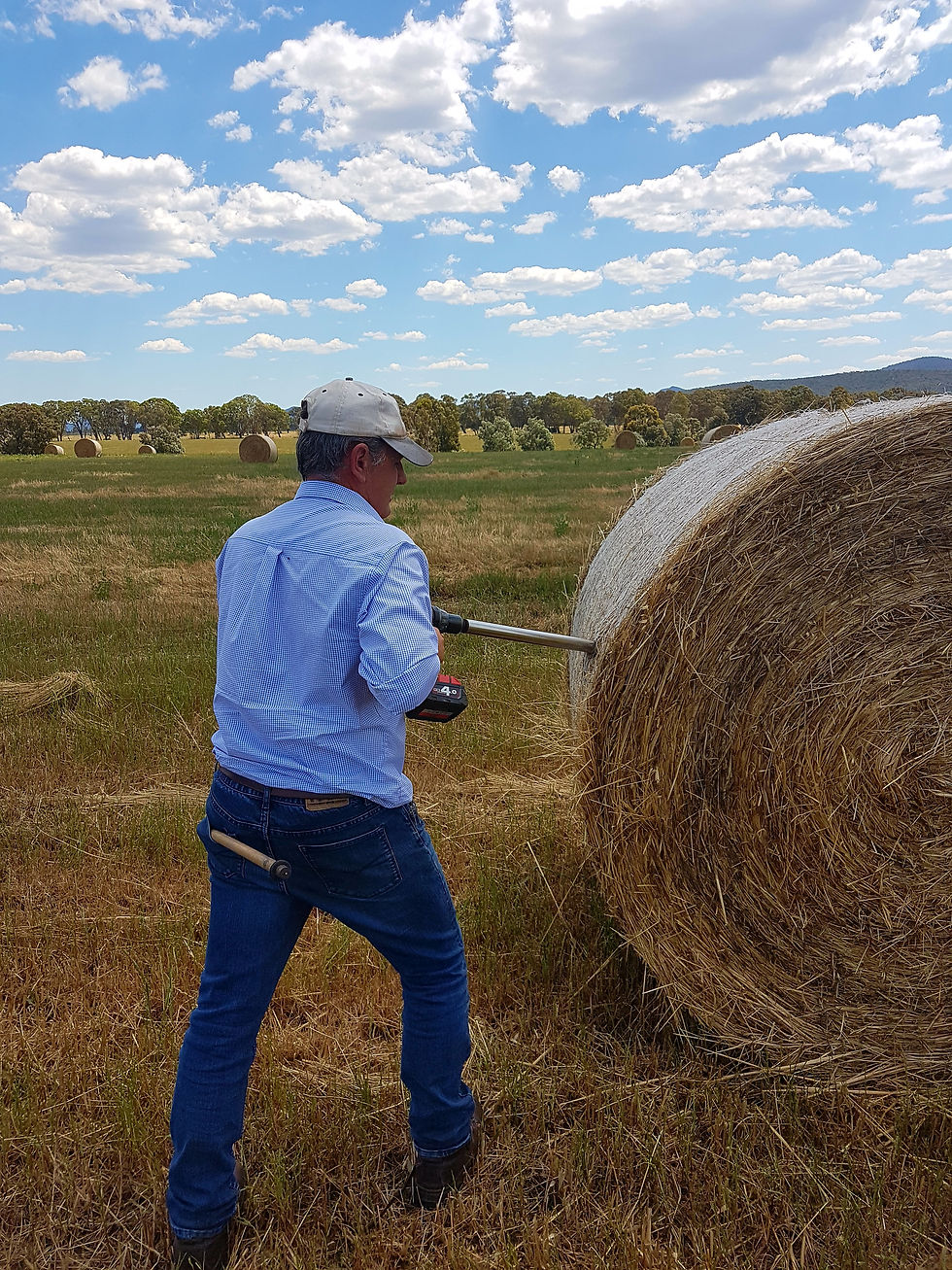Inflammation & Its Effect On Our Animals
- Owen Rees

- Apr 20, 2023
- 4 min read
By Owen Rees, TRAC Senior Ruminant Productivity Consultant
We have all heard people talking about inflammation affecting our herds or flocks, but what is it and how can it affect our enterprise’s bottom line?
Our animals’ bodies are no different to our own, when the animals’ body is injured or attacked by a virus, bacteria or toxins, their immune system is activated to help mount an attack against these undesirables. The immune system then sends out the first responders which are inflammatory cells and cytokines; small proteins that are crucial in controlling the growth and activity of other immune system cells and blood cells. These cells start an inflammatory response which try to trap the virus, bacteria or other offending agents and begin to heal the tissues. Whilst there are many molecules at play during an inflammatory response, inflammatory cytokines are the heavy lifters that increase the body temperature, and heart rate leading to a decrease in dry matter intake.
It is important to understand how inflammation works within the animal’s body and the signs so you can deal with the problem as soon as possible, however, sometimes it is also not visible. Local inflammatory response can be seen as swelling, bruising, pain or redness but inflammation also effects the body in ways that we can’t see. Systemic inflammation symptoms can be harder to spot or diagnose but also have their effect on the body like mastitis, metritis, ketosis and even acidosis, all being causes of inflammation.
While an inflammatory response is essential for the repair process, excessive and prolonged inflammatory response in our animals may start to have a detrimental impact if something isn’t done.
Inflammation has been proposed as the ‘weak link’ between animals transitioning from dry to lactating cows or sheep. Systemic inflammation effects are associated with adipose tissue breakdown and increased fat being stored in the liver, which are very regularly seen during this transition period. Not only is there a lot of physical stress associated around calving or lambing, the risk of infection is also high. Sudden changes in diet from a ration based on fibre to a ration a lot higher in starch and sugar can also impact the rumen and thus induce an inflammatory response.

Although the importance of inflammation in transitioning animals is understood, the pathways that cause the inflammation are not. Infection and body weight loss are higher in transition animals but not all animals are affected equally. It’s important to know that inflammation comes at a cost to all animals, and an activated immune system costs the animal large amounts of glucose to run.
Research from Iowa State University in the USA has shown that to run an activated immune system for 24hrs could cost the animal 35.1 MJME or 2,140g of Glucose and in non-lactation animals, steers used 515g of glucose to run the immune system for 12 hours.
Stress-induced inflammation will trigger responses in our animals that produce hormones which interfere with feed intake regulation in ruminants. This means that times when our animals are stressed, like weaning, calving or lambing or low feed allocation can have a significant effect on how much food our animals will freely consume on their own accord. It also means that human activity like using the motorbike as a bulldozer to push up cows, or allowing the dog to swing off tails or even loud noises could scare and stress out the animals enough to decrease their feed intake and thus decrease the production of wool, meat or milk.
So what can we do on farm to help lower inflammation in our animals?
Feed Changes
o Transitioning from feed to feed without abrupt changes will help reduce the animals stress.
Low Stress Stock Handling
o Good animal husbandry whilst mobbing stock around the farm and limit the use of dogs over working animals.
Monitoring Animals
o During periods of high stress in the animal’s life, e.g. birthing and weaning, we need to minimize the amount of stress we load onto the animals. Don’t try to wean young animals onto unfamiliar feed, if you are going to wean them onto silage make sure you feed it to them whilst still on mum, before you wean them.
We can’t stop inflammation, so we need to be able to monitor it or help our animals build and maintain a healthy immune system. We can help our animals by increasing the amount of antioxidants in their diet, notable the amount of Vitamin E and Selenium. This is why it is important to offer your dairy cows a quality lead feed product in your transition program or supplement your lambing ewes and calving cows with minerals high in Vitamin E and Selenium.
Performance trace minerals have the ability to manage inflammation by building healthy responder cells while also ensuring the cytokines are balanced with the anti-inflammatory proteins. Additionally, the minerals will also develop a strong external defense leg skin and hooves, which will reduce impact on the rest of the immune system when an inflammatory response occurs giving your animals the best opportunity to avoid a loss in production or productivity during an inflammatory event.
If you would like more information on managing inflammation in your herd or flock,
please get in touch with one of our Experts In Ruminant Productivity.
Phone the TRAC Office on 08 8733 1888 or email us at info@totalresult.com.au

Our Consultants
EXPERTS IN RUMINANT PRODUCTIVITY
Owen Rees
0429 437 823
Mark Facy
0427 243 320
Mikaela Baker
0457 243 319
To download a copy of this article, please click the link below...
#Inflammation #Ruminant




Comments